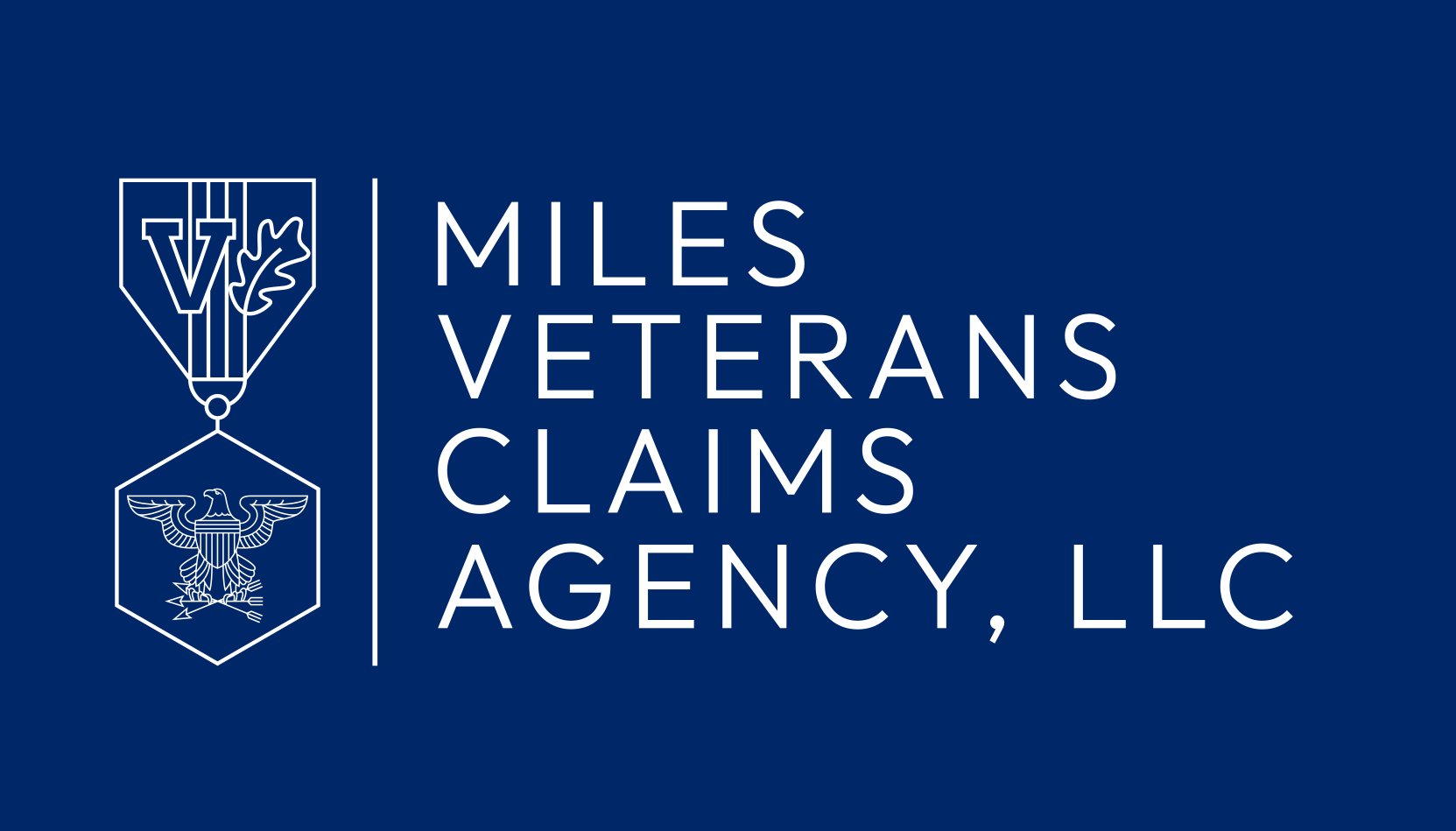Migraines can be debilitating, affecting every aspect of a veteran’s life. For those who experience severe headaches due to military service, the Department of Veterans Affairs (VA) offers disability compensation. However, understanding how the VA rates migraines is crucial for veterans seeking benefits. This guide will break down the VA’s rating criteria for migraines and explain how veterans can maximize their chances of receiving fair compensation.
Understanding VA Disability Ratings for Migraines
The VA evaluates migraines under 38 CFR § 4.124a, Diagnostic Code 8100. The disability ratings range from 0% to 50%, depending on the severity and frequency of the headaches. Here’s a breakdown of the rating levels:
- 50% Rating: This is the highest possible rating for migraines. Veterans must experience “very frequent completely prostrating and prolonged attacks” that lead to severe economic inadaptability. This means that migraines significantly disrupt their ability to work and perform daily activities.
- 30% Rating: Given when a veteran has “characteristic prostrating attacks” occurring on average once a month over several months. “Prostrating” means the migraine is so severe that the veteran must lie down in a dark, quiet room and is unable to function normally.
- 10% Rating: Assigned when a veteran experiences prostrating migraines that occur on average once every two months.
- 0% Rating: If a veteran has migraines but they do not cause prostrating attacks or significantly affect their life, they may receive a 0% rating, meaning no compensation but recognition of the condition.
Key Factors the VA Considers
When determining a migraine rating, the VA evaluates:
- Frequency – How often the veteran experiences migraines.
- Severity – Whether the migraines are prostrating, requiring the veteran to stop all activity.
- Duration – How long each attack lasts.
- Impact on Work & Daily Life – The degree to which migraines prevent the veteran from maintaining gainful employment or performing basic daily tasks.
Proving a Service Connection for Migraines
To receive VA benefits, veterans must prove their migraines are service-connected. This requires evidence such as:
- Medical records showing a history of migraines during or after military service.
- Doctor’s opinions linking migraines to military service or another service-connected condition (like PTSD or TBI).
- Buddy statements from family, friends, or fellow service members confirming the impact of migraines.
- Personal statements detailing how migraines affect daily life and work.
How to Strengthen a VA Migraine Claim
- Keep a Migraine Journal – Track the frequency, severity, and duration of migraines, along with missed workdays.
- Seek Consistent Medical Treatment – Regular doctor visits help establish a medical history.
- Obtain a Nexus Letter – A medical professional should provide an opinion linking migraines to service.
Final Thoughts
Understanding how the VA rates migraines is essential for veterans seeking disability compensation. By gathering strong evidence and demonstrating the impact of their migraines, veterans can improve their chances of securing a fair VA rating. If denied or under-rated, veterans should consider appealing the decision with additional medical evidence.

